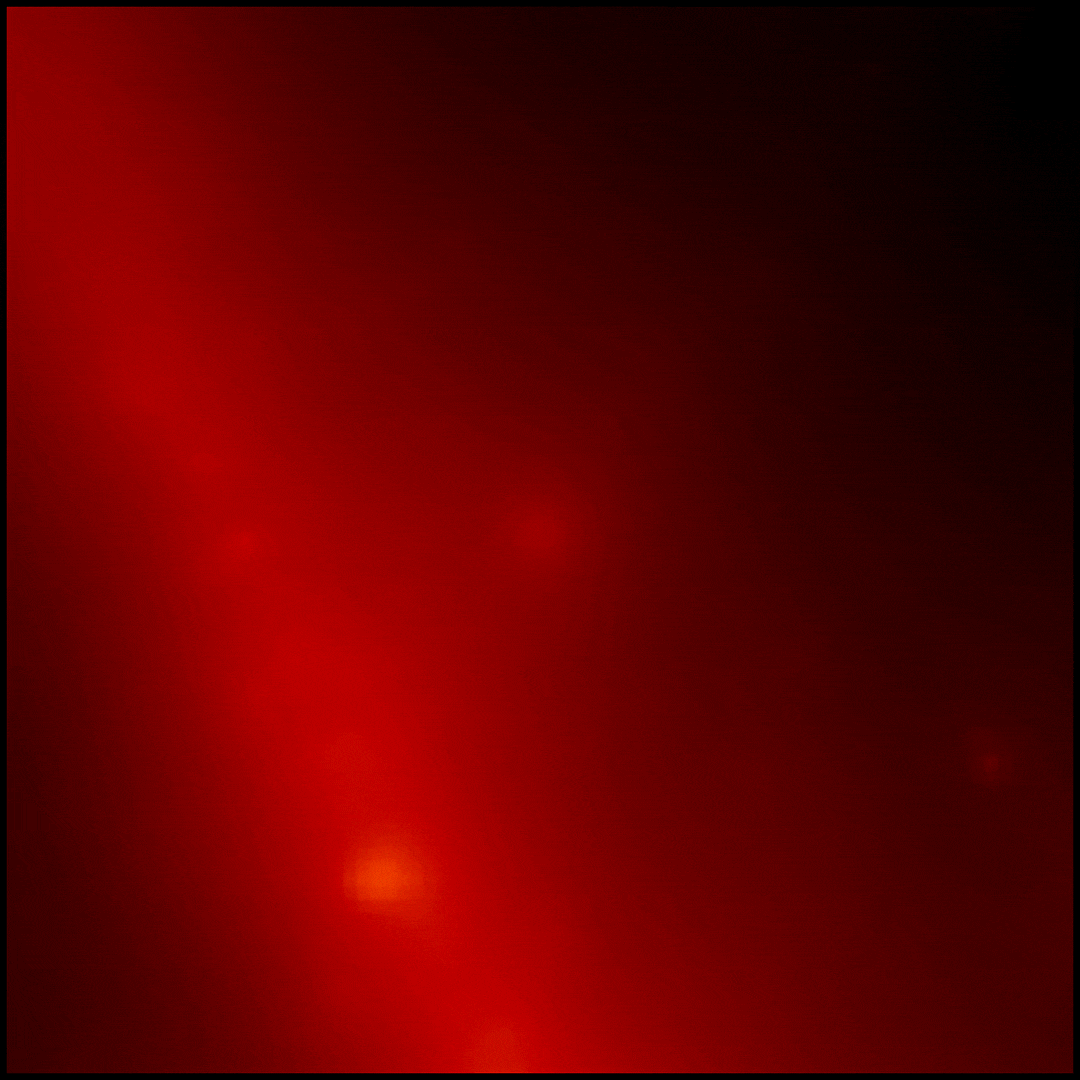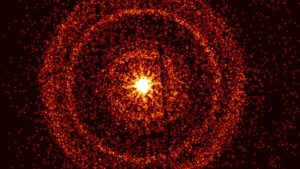
Gamma-ray bursts (GRBs) are streams of high energy photons from space, first detected in the 1960s by the United States’ Vela satellites, designed to detect clandestine nuclear weapons tests in space.
Most GRBs are believed to originate from supernova explosions, when rapidly rotating, high-mass stars emit a narrow beam of intense electromagnetic radiation as their cores collapse to form a neutron star, quark star or black hole.
A second proposed mechanism, responsible for what are termed short gamma-ray bursts, is the merger of two neutron stars in a binary system.
GBRs are the most energetic electromagnetic events known, with total energies equivalent to the mass of the Earth emitted in a pulse lasting from a few milliseconds to a few hours.
GBRs are usually followed by a longer afterglow, where electromagnetic energy of longer wavelengths is emitted.
Gamma ray bursts are named using the date that they were observed with the prefix GRB, for example the GRB 221009A (see below) was detected in 2022 on October 09. To distinguish GRBs detected on the same day, a letter can also be added to the end, in alphabetical order, indicating the time they were detected.
GRB 970228
The first observation of such an afterglow occured following the detection of GRB 970228 on 28 February 1997 at 02:58 UTC. The satellite BeppoSAX detected the GRB and pointed its X-ray camera towards the source, recording fading X-ray emissions. The William Herschel Telescope was then oriented towards the source, and the first optical counterpart of a GRB was identified, after many years of searching.
The source of the GRB was a distant galaxy 8.123 billion light-years away (a redshift of z = 0.695) in the constellation of Orion. From analysis of the fading light curve, it was concluded that GRB 970228 most likely resulted from a type 1c supernova caused by the core collapse of a massive star.

GRB 221009A
On 9 October 2022, the brightest gamma ray burst ever observed – and also one of the most energetic, with photons recorded in the tera-electron volt range – was catalogued as GRB 221009A (see the main image above). Despite originating in a galaxy over 2 billion light-years away – which is relatively close for a GRB – the high-energy photons from the event caused ionisation in the Earth’s ionosphere modifying its radio-propagation properties.
X-ray images taken by the Neil Gehrels Swift Observatory show concentric rings around the GRB source, in the constellation Sagitta, caused by scattering from dust grains in interstellar clouds within the Milky Way. Analysis of this rings can give insights into the size, composition, and distribution of these dust grains.
The afterglow from GRB 221009A, recorded at X-ray energies, is a few hundred times brighter than any seen before.
GRB 221009A, is likely to belong to the class known as ‘long GRBs’, which originate from a rare type of extremely massive dying star as they collapse to form a black hole.